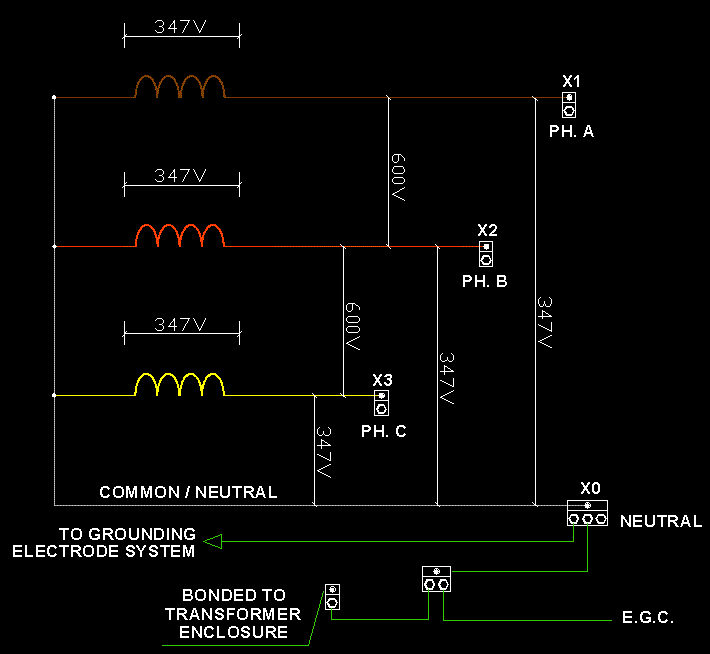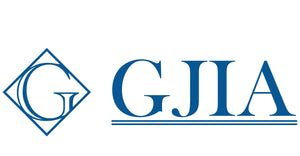Showing 0 of 0 products

- Choosing a selection results in a full page refresh.

Showing 0 of 0 products

You might be wondering: why not just stick with a 120-volt circuit? While 120V systems are great for homes and small businesses, they’re less efficient for large spaces. A 120V circuit requires more wiring and additional transformers to power high-wattage lights, which can increase installation and maintenance costs. In contrast, 347-volt circuits can handle higher loads with less infrastructure, making them a cost-effective choice for commercial settings.
Yes, when installed by a qualified electrician, 347-volt circuits are just as safe as 120V systems. Modern fixtures and wiring are built to strict safety standards, ensuring reliable performance. However, because of the higher voltage, it’s crucial to hire a professional for installation to avoid risks.
In many cases, yes! If your building already has a 347V system, retrofitting with 347V LED Lights is straightforward. For buildings with older systems, an electrician can assess whether upgrading to 347V is feasible. Retrofitting with LEDs often qualifies for utility rebates, further reducing costs.
If you’re managing a large commercial or industrial space, 347V LED Lighting is likely a great fit. It’s especially beneficial for businesses looking to reduce energy costs, simplify wiring, and improve lighting quality. Consulting with a lighting professional can help you determine the best solution for your specific needs.
Switching requires rewiring and possibly new fixtures, which can be costly. Dual-voltage LEDs offer a workaround, allowing flexibility without major upgrades.
Both are safe with proper installation, but 480-volt circuits require stricter adherence to safety standards due to higher voltage.
Thanks for subscribing!
This email has been registered!
| Product | SKU | Description | Collection | Availability | Product type | Other details |
|---|
